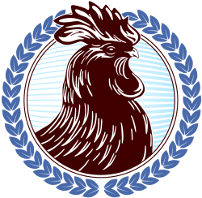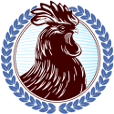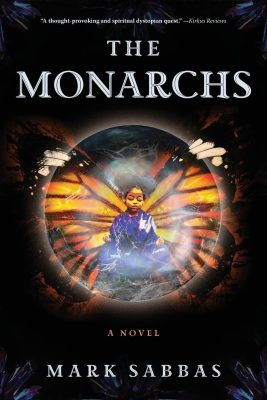|
Listen to or download this article:
|
Albert Jung’s What’s Your Name?, subtitled How to Write Your Name in Han’gŭl Without Learning the Korean Language, is more than a primer for learning how to write in the Han’gŭl script — it’s a study of the evolution of the Korean writing system and, through it, the history of Korea itself.
What’s Your Name? offers a crash course in how to write your name in Han’gŭl for anyone who attends international conferences, hosts Korean exchange students, or simply has Korean speakers in their social sphere. Although the reader quickly plunges into the components of the Han’gŭl alphabet, Jung suggests a light read for the basics, and a comprehensive read for those seeking a deeper understanding of Han’gŭl and its evolution.
From absolute beginners to linguistics scholars and students, readers will find valuable reference material and guidance for practice in this extensive text.
Roughly half the book is made up of alphabetical diagrams, charts, examples, and comparisons, along with illustrations of the five main vocal organs used to pronounce the sounds and how to position them. Tables list common names and Han’gŭl characters side by side with their counterparts in English, French, German, Spanish, and Russian.
At the end of each section, Jung includes a handy pop quiz. These will help readers to cement the information for each letter of the Han’gŭl alphabet and build the confidence to forge ahead.
Here’s a brief look at the fundamentals: The vocal organs — molar, tongue, lip, tooth, throat — create top, middle, and bottom sounds, each of which are represented by symbols. Where the top sound symbol represents the shape and movement of the vocal part used, the middle sound symbol describes the sound’s quality: deep, flat, or shallow. Bottom sounds serve to stop the middle sound, either abruptly or slowly. Put together, the three sound symbols create a single character. Repeating this process for each letter in your name, you can transcribe it into Han’gŭl.
After mastering the top, middle, and bottom sounds, the reader moves into an intermediate stage to learn sounds that are more difficult to convey, such as r, l, th, v, f, sh, j, ch, and z, as well as pair letters which combine to make a single bottom sound.
Once readers get the hang of the modern script, they can move on – and back in time – to the earliest form of Han’gŭl, created in the 15th century by King Sejong the Great.
This version incorporated more sound letters, many of which don’t appear in the modern script, and differences with those letters that did survive the centuries are nuanced and subtle. Readers who want to delve deeper into the subject will find tables that show comparisons of names using the 15th-century script with those in modern Han’gŭl. Jung charts the fascinating development between these two forms.
Responding to the intricacies of both the original and the modern writing system, Jung presents the concept of a potential third form: Multiverse Han’gŭl, in which the best of both old and new are combined with global and cultural influences.
The last section of the book expands beyond a focus on linguistics, as Jung contextualizes the founding of Han’gŭl by sharing beautiful woodblock prints of correspondence and other texts, with translations provided.
This section could easily feature in an art history or anthropology class, or a course on the history of Korean literature. Within this section, the footnotes reveal the timeline of the script’s evolution through peeks into the country’s past, including politics, diplomacy, trade, and evangelism, each of which added its own influence to the Korean writing system.
What’s Your Name? by Albert Jung is a comprehensive guide for novices and intermediaries to not only learn how to write their name in Han’gŭl, but to also gain an appreciation for the evolution of a language and a culture that has withstood the test of time.











Leave A Comment